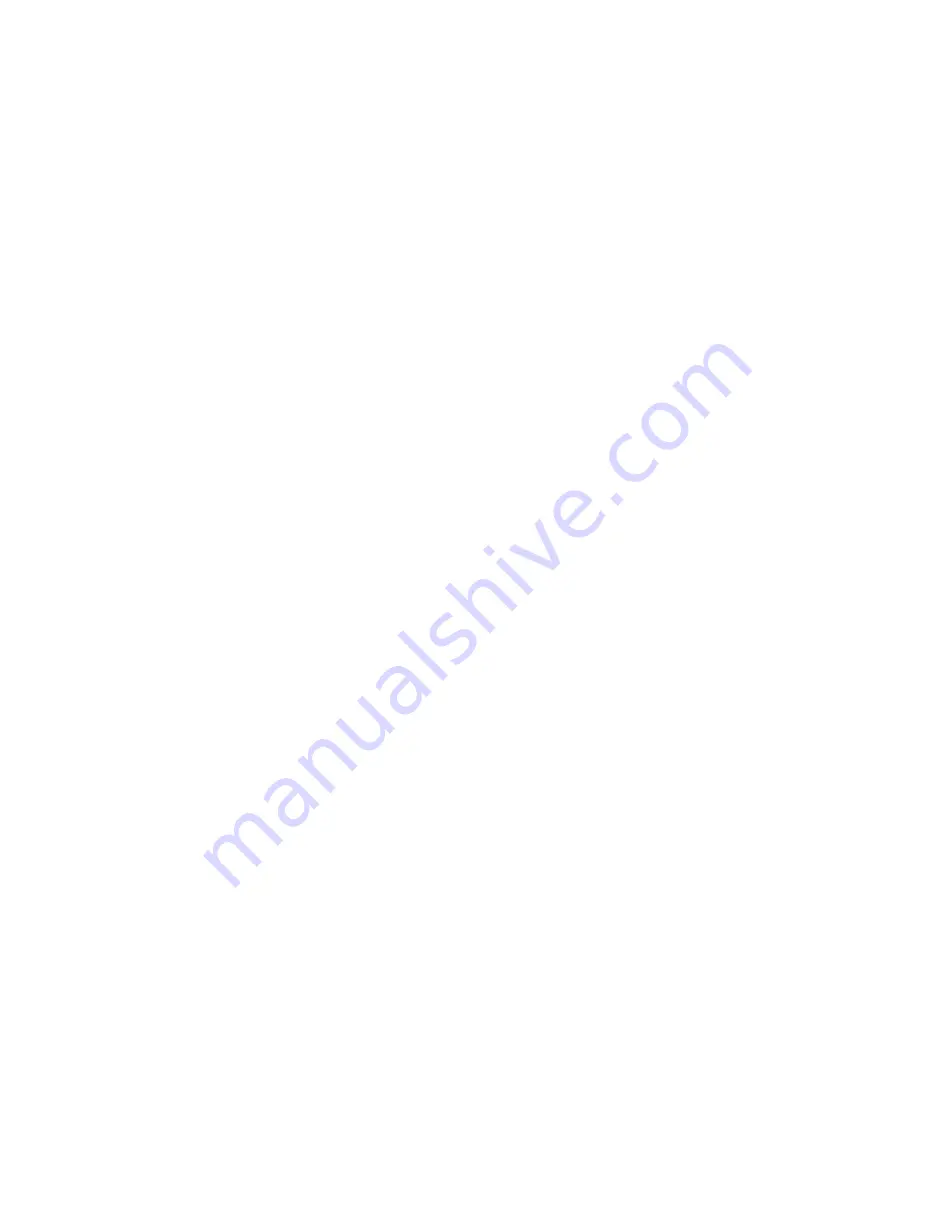
15
Choose from the ‘Custom Group’ drop down to order an Antibody Protocol from a Custom Group of Available Protocols.*
Select the desired Protocol from the list of Available Protocols. If a Positive Control or a Negative Control for that Protocol is desired,
check the box to the left of ‘Positive’ or ‘Negative’ in the ‘Add With:’ box. Then click the ‘Add’ button. The desired Protocol along with
any desired Positive or Negative Controls will be added to the Selected Protocols field. Note: Do not click the ‘Return’ button prior to
clicking the ‘Add’ button or all currently entered information will be lost.
Select the desired Panel from the list of Available Panels and click the ‘Add’ button. A Panel is a list of previously selected Protocols
and Positive and Negative Controls. Since Panels include Positive and Negative Controls, this feature is inactive.*
If a Protocol or Control is no longer desired, then simply select from the Selected Protocols field and click the ‘Remove’ button.
Once all Protocols have been selected for the current Case, click the ‘Save’ button. Repeat the process of entering case information,
adding protocols and clicking ‘Save’ until all desired slide labels have been created. When finished, click the ‘Return’ button to return
to the ‘Slide Label Editor’.
To delete a Slide Label, select the label that you would like to delete by checking the box located between the No. and Patient ID
columns. Then select the ‘Delete’ button.
To print Slide Labels, select the labels that you would like to print by checking the box located between the No. and Patient ID columns.
Then select the ‘Print’ button. If all Slide Labels listed are desired, check the ‘Select All’ box and click the ‘Print’ button.
Slide Labels will print on the Slide Label Printer. Adhere labels to appropriate slides.
Load and Unload Slides
The ‘Load and Unload Slides’ button raises or lowers all 36 Slide Chambers simultaneously. Following instrument initialization, all
36 slide chambers will be in the “down” or “closed” position. When the slide chambers are in the up position, the ‘Load and Unload
Slides’ button will change to ‘Slide Lids Down’.
Load slides in the desired slide chambers with the label oriented towards the front of the instrument. Make sure that the slide is fully
seated with the label end locked in place by the clips. Align the slide with the slide chamber. The slide should not hang off the side
of the slide chamber. Once all of the slides have been loaded, click the ‘Slide Lids Down’ button. The user should be able to see the
slide label if slides have been loaded correctly.
Note: Preferred slides should not have print/markings under the Slide Chamber edges or port to facilitate sealing of the Slide Chamber
to the slide and to prevent generation of paint debris, which may appear as black debris on the stained slide.
Slide Compatibility: Thickness: 1mm ± 0.127 mm | Length: 75 mm maximum | Width: 25 mm ± 0.38 mm
Auto Start
The ‘Auto Start’ feature instructs the instrument to automatically scan the loaded slides, verify the loaded reagents, and begin the run.
Note: Be sure to check the boxes for buffer and waste volume.
After loading the bar-coded slides on the instrument, left click on each chamber containing a loaded slide and click the ‘Auto Start’
button. The mouse function of left-clicking and dragging is also available for use here. The user will then be prompted by the software
to designate the number of slides to be scanned for the immediate run. After entering the number of slides, click the ‘OK’ button.
Remain at instrument until the run begins, or check back after 10 minutes to ensure the run has started.
Note: The following function buttons are optional and are not necessary to perform a staining run.
*Custom Groups and Panels must be previously set up for the 'Custom Group' Function and Panels to be available for use.






























